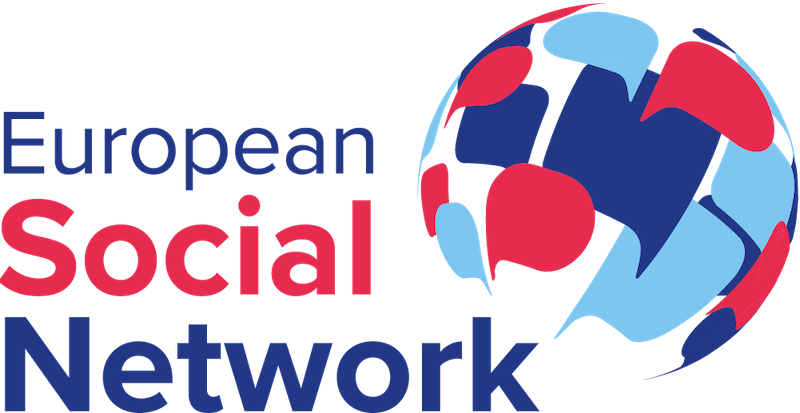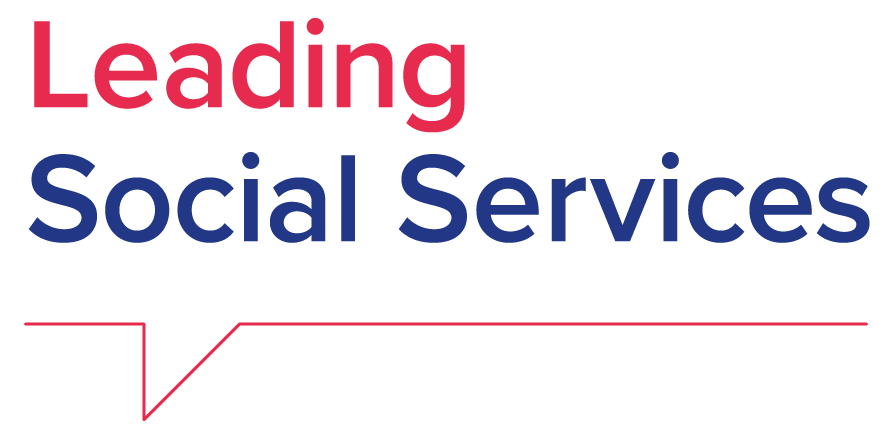As CEO of the European Social Network (ESN), I was honoured to speak recently at the Danish EU Presidency conference “Next Step Toward Independent Living for Persons with Disabilities”, which brought together ministers, EU institutions representatives, civil society leaders, and practitioners committed to strengthening independent living across Europe.
This conference built on the momentum created earlier in Aarhus, Denmark, where the Danish Ministry of Social Affairs partnered with ESN to organise the 33rd European Social Services Conference (ESSC). That event—one of the first to be hosted by the Danish EU Presidency—gathered almost 700 participants to examine relational welfare and community-based social services. It set the tone for the Presidency’s strong attention to social inclusion, which has continued throughout the current Danish Presidency of the EU.
During the panel session, which I shared with Milan Šveřepa from Inclusion Europe, I emphasised the long-standing collaboration between our organisations within the European Expert Group on the Transition from Institutional to Community-based Care (EEG). Our message is consistent: everyone who needs support should receive it in the community, with dignity, choice, and equal rights.
Community as the guiding principle
At ESN, “community” is not simply a theme; it is the foundation of our mission. Community means people are accepted, respected, and supported to participate in every aspect of life. It is not charity or separation; it is equality, dignity, and true belonging.
However, many barriers continue to prevent people with disabilities from fully engaging in community life. The most persistent relate to attitudes: stigma, stereotypes, and over-protection that portray people as incapable or dependent. Such attitudes can exclude just as much as a flight of stairs or a lack of accessible communication.
Physical barriers also remain widespread: inaccessible buildings, public spaces, transport systems, and poorly designed urban environments. Communication barriers, from missing sign-language interpretation to poor digital accessibility, continue to limit participation, and economic, educational, social, and cultural barriers further restrict opportunities for independent living.
A comprehensive approach to independent living at home & the community
Promoting independent living is not solely the task of social services. It requires a comprehensive, cross-sector approach. Effective support must allow people to remain in their homes through personal assistance, home care, assistive technologies, and community participation centres. Technologies must aid both individuals and frontline workers, but these elements only function when governance is aligned.
This is why integrated community and social inclusion plans are essential. They ensure coordination across housing, health, employment, education, urban planning, and digital services. Without integrated planning, people fall through gaps between systems. With it, independent living becomes a reality.
What community inclusion looks like
In my intervention, I described seven practical dimensions of genuine community inclusion:
- Belonging and Acceptance – People with disabilities are full members of their communities, included in schools, workplaces, culture, and civic life.
- Equal Opportunities – Equal access to education, employment, healthcare, housing, and transport by removing attitudinal, physical, and communication barriers.
- Accessibility and Universal Design – Municipalities must plan spaces and services so everyone can use them.
- Respect for Rights and Autonomy – People must be empowered to make their own choices, with their rights fully upheld.
- Active Participation and Leadership – Persons with disabilities must shape the policies and services that affect their lives.
- Social Connections and Relationships – Inclusion requires everyday interactions, friendships, and shared experiences, which help to break down stigma.
- Community Responsibility – Inclusion is everyone’s responsibility; it cannot rest solely on families, social services, or disability organisations.
Looking ahead
The Danish Presidency conference was important for us all to reaffirm our commitment to independent living, echoing the EU’s first Disability Rights Strategy and the UN Convention on the Rights of Persons with Disabilities. The event made clear that independent living is not just an aspiration; it is achievable when we design systems around people, not institutions.
However, achieving genuine community inclusion requires not only political commitment but also the right investment. Structural and investment funds have enormous power to shape national systems. When channelled into community-based support, personal assistance, accessible housing, and workforce development, they can transform lives. But when directed, either directly or indirectly, toward institutional models, they risk perpetuating segregation.
ESN strongly encourages the EU to maintain and strengthen the conditionality that funding must never support institutionalisation, and instead prioritise accessible housing, personalised, and inclusive social services, and community participation. Without financial alignment, the vision of independent living will remain aspirational rather than achievable.
ESN stands ready to continue working with governments, local authorities, practitioners, disability organisations and people with lived experience to ensure that the next steps taken—political and financial—move Europe firmly toward inclusion.
Together, we can build communities where everyone belongs, participates, and thrives.


